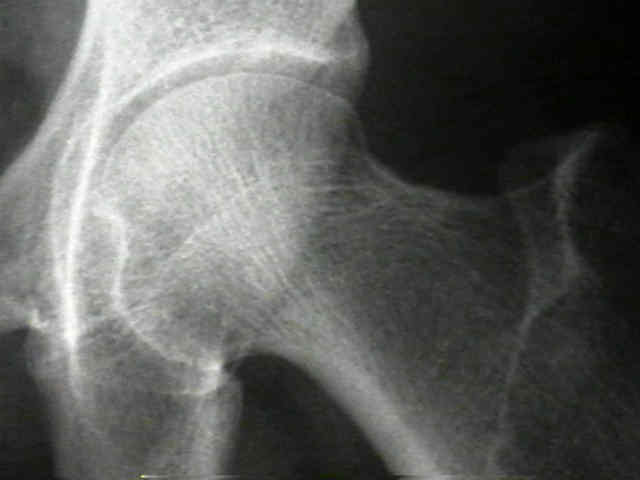 That’s the finding from a study in the Journal of the American Medical Association by Dr. Douglas Kiel of Hebrew SeniorLife and Harvard Medical School in Boston.
That’s the finding from a study in the Journal of the American Medical Association by Dr. Douglas Kiel of Hebrew SeniorLife and Harvard Medical School in Boston.
First, the details.
- The study included 1,042 residents (average 85 years old; 79% women) who were followed for about 8 months.
- They wore a hip protector on 1 hip and nothing on the other side.
- The hip protector consisted of an outer layer of polyethylene backed by a hard high-density polyethylene shield that was backed by ethylene vinyl acetate foam.
- About 3 out of 4 residents wore the protectors as prescribed.
And, the results.
- In the total population there was no difference in the rate of hip fracture on protected hips (3.1%) vs the unprotected hips (2.5%).
- Among residents who wore the protector as prescribed, the incidence of hip fracture on the protected hip was 5.3% vs 3.5% on the unprotected hip.
- Differences were not significant.
The bottom line?
A review of this topic on Medscape notes, “Hip fracture is all too frequently part of a progressive functional decline, resulting in immobility, institutionalization, and death.”
Pads from different manufacturers differ and, of course, they must be worn properly for any chance of benefit. But in this study, it doesn’t seem to be worth the effort.
In the accompanying editorial, Drs. Pekka Kannus and Jari Parkkari of the UKK Institute for Health Promotion Research in Finland see this as an important study, but not definitive. Positioning of the pad is critical, and future studies should evaluate this variable at the time of the fall.
7/24/07 11:15 JR